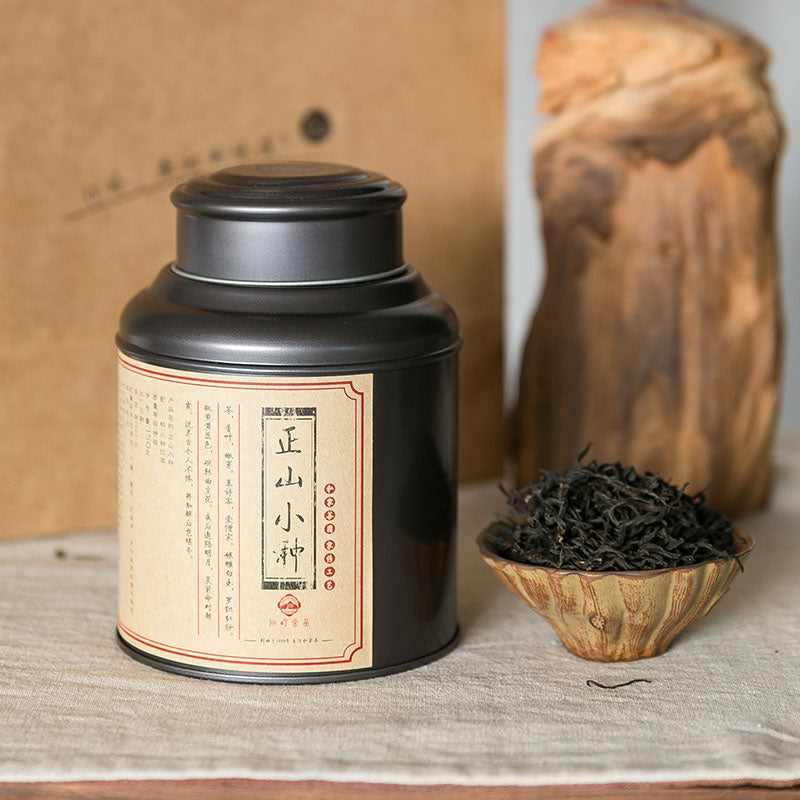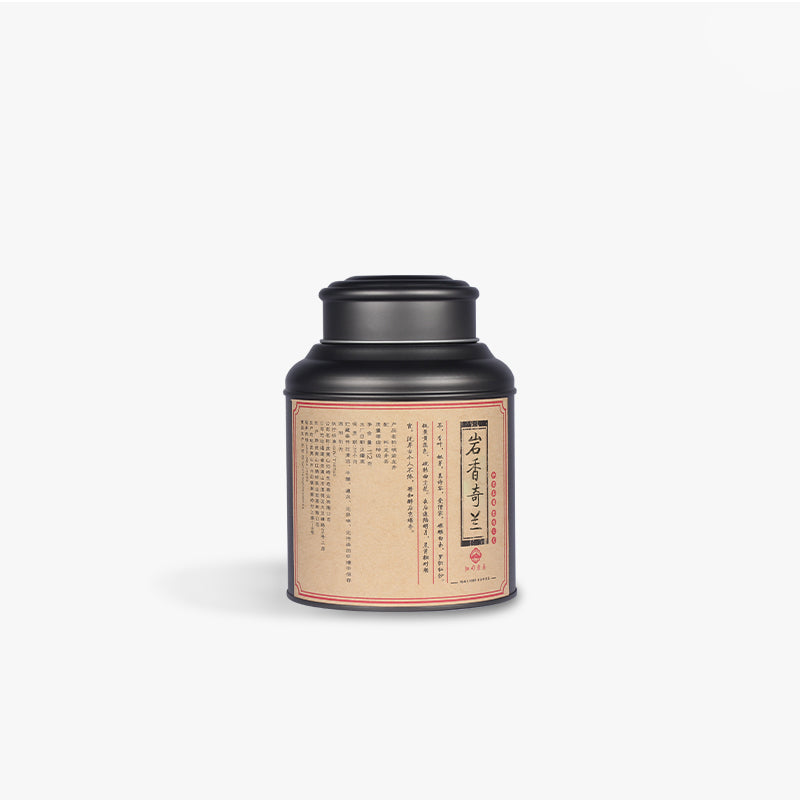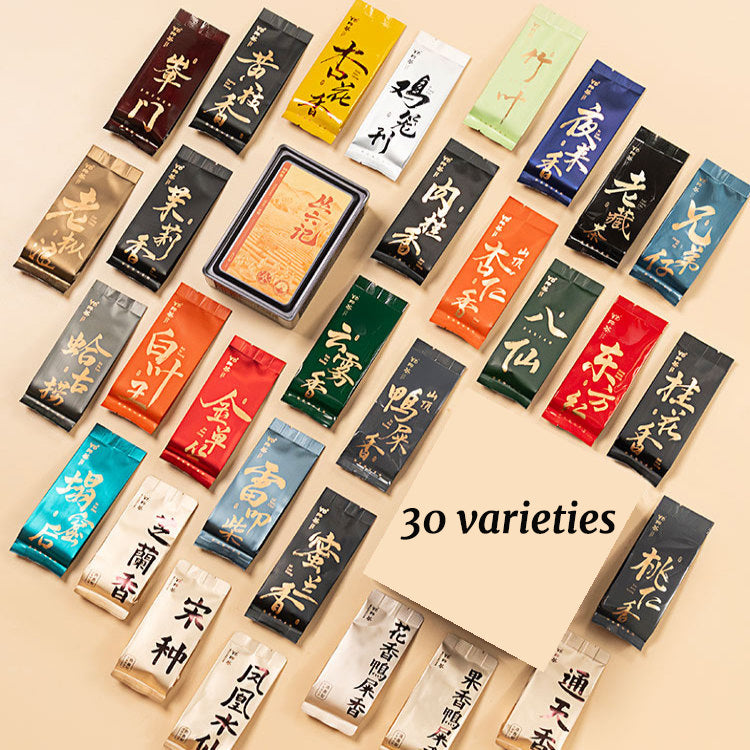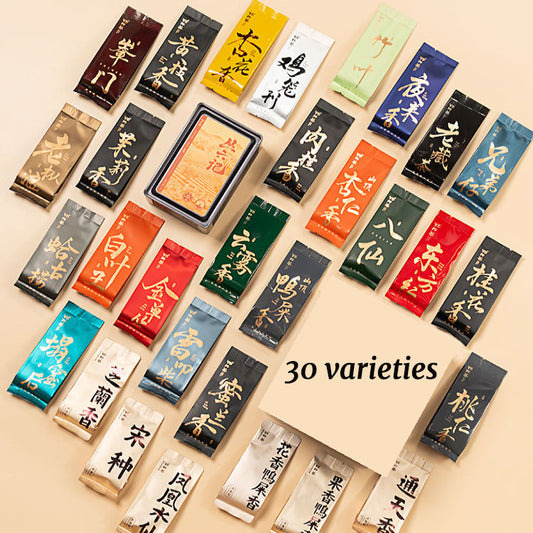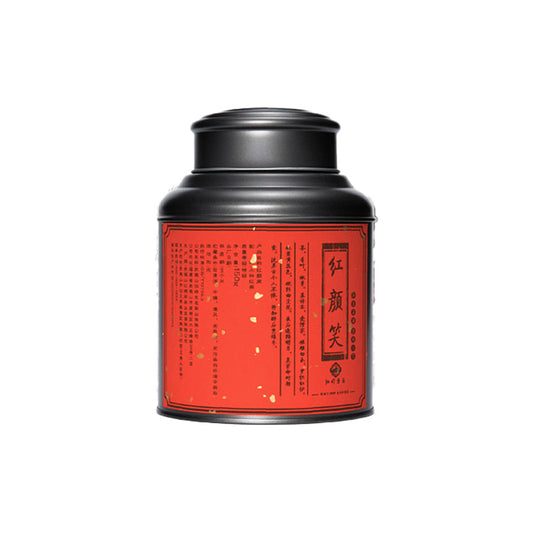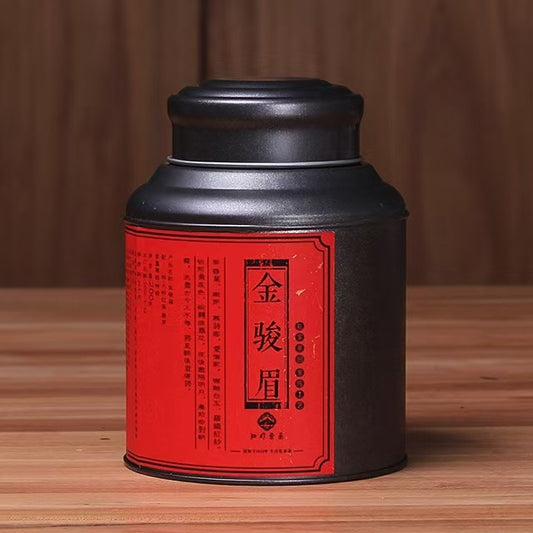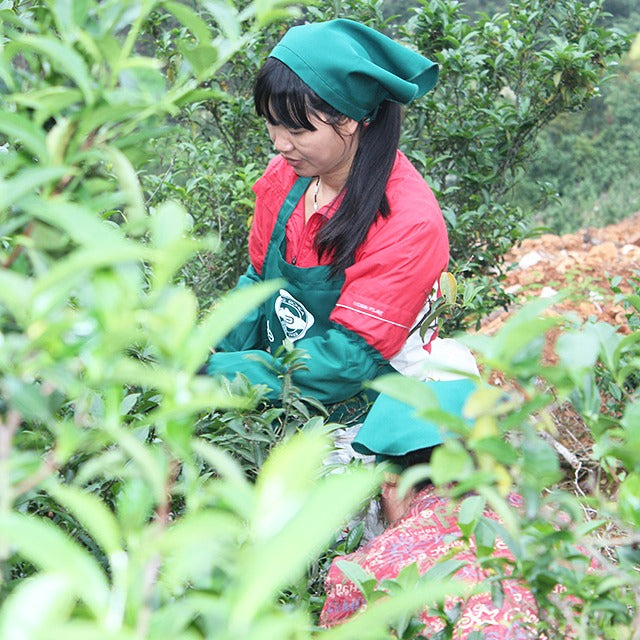Aged Tea A Journey Through Time and Taste
Aged Tea A Journey Through Time and Taste
In the world of tea, patience is a virtue. If you've ever come across a tea with an age description akin to a fine Scotch or a well-matured wine, you might have stumbled upon the fascinating realm of aged tea. While fresh teas like green or white are celebrated for their delicate flavors and immediate enjoyment, aged teas bring a different kind of pleasure — one that evolves with time, deepening in complexity and richness.
To understand aged tea, it's essential to consider its roots in regions such as Yunnan, China, where Pu-erh tea has been aged for centuries. Pu-erh, distinguished by its post-fermentation process, is perhaps one of the most well-known aged teas. Upon picking, the leaves are dried and fermented, after which they are left to mature. This maturation can span several years, transforming the tea's taste and texture. In Yunnan, it is not uncommon to find Pu-erh cakes that are decades old, treasured for their rich, earthy flavors and smooth mouthfeel. Such teas are considered not just a beverage but a historical artifact embodying the patience and artistry of generations.
But why age tea at all? The answer lies in the magical chemistry of fermentation and oxidation. Over time, the natural aging process allows for the breakdown of tannins and the development of unique flavor profiles, often resulting in a more rounded, mellow taste that is less astringent than freshly processed teas. This is similar to how time softens the brashness of a young wine, bestowing it with complexity and depth.
Yet, aged tea is not confined to Pu-erh alone. Oolong teas, particularly those from Taiwan, are also known for their aging potential. Baozhong and Dong Ding are two oolong varieties that, when carefully aged, develop a nuanced palate, offering notes that range from dried fruit to warm spices. The traditional processing methods, which often involve charcoal roasting, are designed to optimize the tea's longevity, setting the stage for an exquisite transformation over time.
Brewing aged tea is an art in itself. Unlike young teas that require precise temperatures to preserve their delicate flavors, aged teas are more forgiving. It is often recommended to use a Yixing clay teapot, which not only enhances the flavor but also retains the heat necessary for extracting the full spectrum of flavors from the aged leaves. While brewing, allow a moment to take in the aroma that fills the room — it's a scent that carries whispers of distant lands and times past.
For those new to aged tea, the initial sip may be a surprise, revealing complex layers of flavor that demand contemplation. It is these very complexities that can make aged tea a captivating experience, inviting you to slow down and savor each moment. So next time you find yourself with the opportunity to try an aged tea, consider it a journey not just through taste but through time itself. After all, as with many of life's greatest pleasures, the true beauty of aged tea lies in the understanding and appreciation of the journey it has taken to reach your cup.

